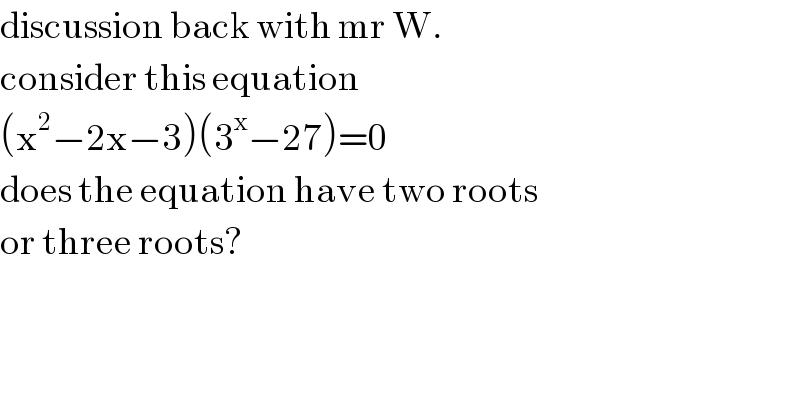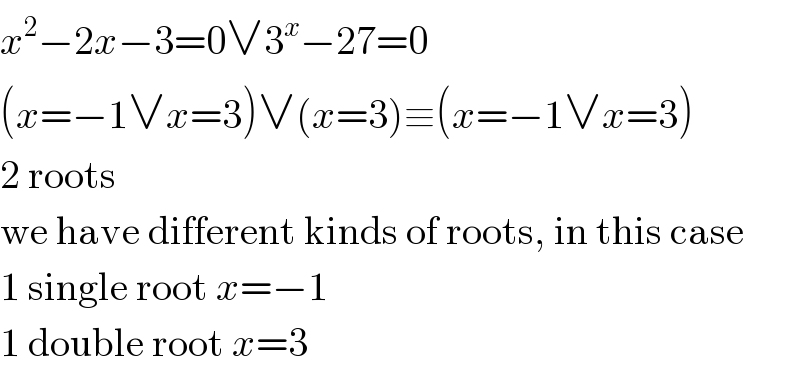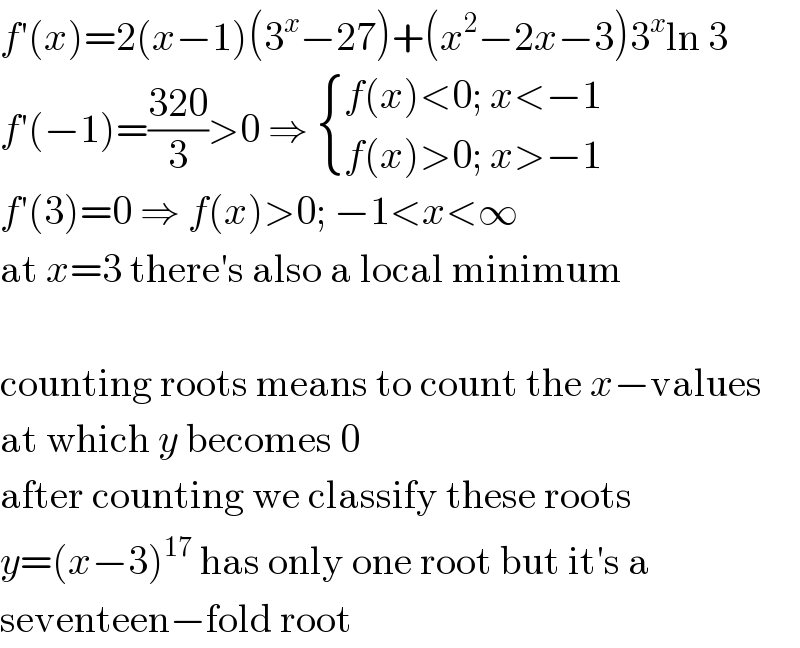
Question and Answers Forum
Question Number 79647 by john santu last updated on 27/Jan/20

Commented by naka3546 last updated on 27/Jan/20

Commented by john santu last updated on 27/Jan/20

Answered by MJS last updated on 27/Jan/20

Commented by MJS last updated on 27/Jan/20

Commented by john santu last updated on 27/Jan/20

